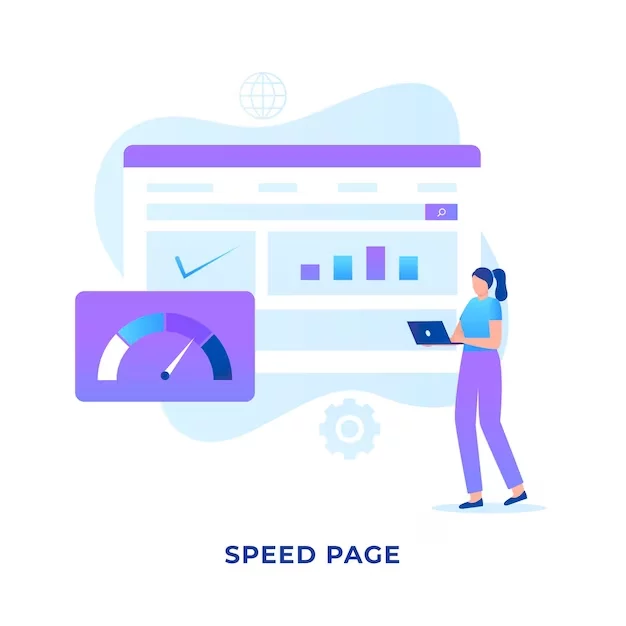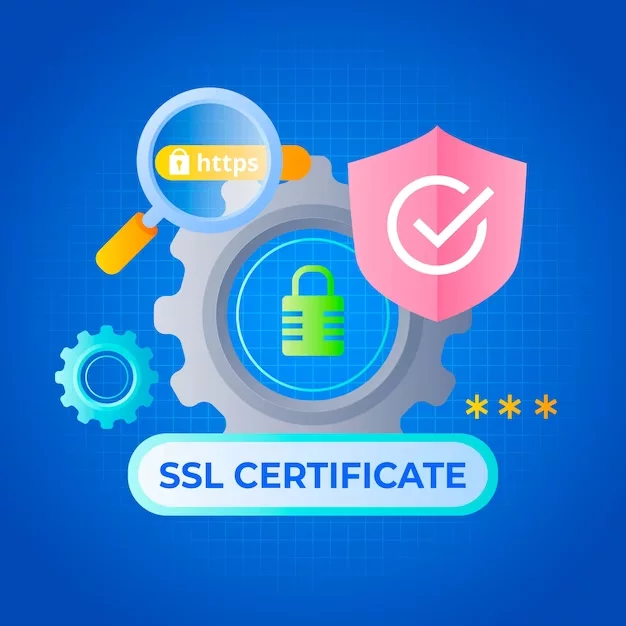Introduction
E-commerce has a significant impact on our daily lives in the current digital era. A growing number of companies are entering the realm of e-commerce to market to a global audience because of the convenience of online shopping. To compete in the cutthroat e-commerce environment, having only an online business is insufficient. You must make your website search engine-friendly if you want to stand out and draw visitors. This is where e-commerce SEO (Search Engine Optimisation) is useful.
The visibility of your online store in search engine results pages (SERPs) can be improved through a variety of tactics, which is what e-commerce SEO entails. Web development is the cornerstone of a good e-commerce SEO strategy, even though content production and link building are important SEO factors. In this post, we’ll look at some unusual web-building advice for online shops that can help you boost your e-commerce SEO and increase both traffic and sales from organic sources.
Mobile Optimization
In the era of smartphones, making your e-commerce website mobile-friendly is not just a nice idea; it’s imperative. According to Google’s mobile-first indexing policy, the best search engines primarily rank and index websites using their mobile versions. Because of this, your online store will probably perform worse in search results if it is not mobile-friendly.
Here are some pointers for optimizing for mobile:
Use responsive design: Utilize responsive design to create a website that adapts naturally to various screen sizes and resolutions for the best possible user experience on mobile devices.
Reduce the size of your photos and files: Large images and large files will slow down the loading of your website on mobile devices. To speed up download times, use picture compression tools and reduce file sizes.
Implement AMP (Accelerated Mobile Pages): Use AMP (Accelerated Mobile Pages) to make your website load faster on mobile devices. You may increase mobile user experience and perhaps raise your search rankings by integrating AMP.
Also Read: What Are Core Web Vitals and Why They Impact Your SEO Rankings?
Page Speed Optimization

Both user experience and SEO depend heavily on page speed. Google takes page speed into account when determining a website’s ranking, and slow-loading pages can increase bounce rates and decrease conversion rates. Here are some tips for increasing the page performance of your online store:
Use a content delivery network (CDN): Use a content delivery network (CDN) to spread the content of your website across a number of servers across the world. This will speed up the loading process for users in various places.
Optimize images: Image optimization is reducing the file size of photos without sacrificing quality by compressing and resizing them. Utilize better-compressed picture formats like WebP.
Minimize HTTP requests: Reduce the amount of items on a page that need separate HTTP requests, like scripts and stylesheets, to the absolute minimum. These resources can be combined and compressed to speed up loading.
Utilize browser caching: Configure browser caching to save specific website elements locally on visitors’ devices, eliminating the need to refresh them on subsequent visits.
SEO-Friendly URLs
The URLs of your website are very important for SEO. Clean and informative URLs enhance user experience while also making it simpler for search engines to grasp your content. Here are some pointers for making SEO-friendly URLs:
Use evocative keywords: Incorporate pertinent keywords that express the page’s content into your URLs. Instead of “www.example.com/product123,” for instance, use “www.example.com/red-widget.”
Avoid using extraneous arguments: Remove extraneous symbols and parameters from your URLs. Cleaner, shorter URLs are simpler to read and distribute.
Implement hyphens: Search engines prefer hyphens to underscores or spaces when separating words in URLs. Use hyphens (-) to do this.
Schema Markup
A type of organized data called schema markup aids search engines in comprehending the material on your website. You may increase your presence in search results and give visitors richer information snippets by using schema markup for your e-commerce products. Schema markup for e-commerce frequently includes the following elements: product, price, availability, and reviews.
Search engines may show extra details like product ratings, reviews, and pricing in the search results when you use schema markup on your product pages. This can raise click-through rates dramatically and increase the quality of visitors to your online store.
Also Read: 5 Effective Tips to Use Email Marketing for Ecommerce
User-Friendly Navigation
Both SEO and user experience depend heavily on a well-structured and intuitive navigation system. It facilitates quick content discovery for users, lowers bounce rates, and incites further website exploration. Here are some pointers for making your online store’s navigation as efficient as possible:
Use a distinct hierarchy: Create a logical hierarchy for your product categories and subcategories that makes sense to both people and search engines.
Use descriptive menu labels: Create menu labels that appropriately reflect the information contained in each category by using descriptive language. Keep labels that are unclear or general away from visitors.
Include a search bar: Including a search bar would make it simpler for customers to find particular things. The search bar should be visible and allow users to search for products using keywords.
Use breadcrumbs: These navigational aids let users know how they got to the current page. Additionally, they give search engines useful data.
SSL Certificate

Both search engines and e-commerce websites place a high focus on security. The Secure Sockets Layer (SSL) certificate is a ranking criterion, according to Google, and websites lacking HTTPS may be labeled as “Not Secure” in browsers, which may put off potential buyers.
Make sure your website has a functioning SSL certificate to improve your e-commerce SEO and foster customer trust. This will protect critical information like payment information and personal data by encrypting data sent between your website and users.
Optimized Product Images
E-commerce websites need attractive product photos, but they can also affect your site’s search engine optimization. Optimizing your product photos can speed up page loads, improve user experience, and aid in image search optimization. Below are some tips for improving product images:
Use descriptive file names: Use evocative file names by renaming image files to incorporate pertinent keywords. Use “red-leather-handbag.jpg” as an illustration rather than “image001.jpg.”
Add alternative text: When an image cannot be loaded, alt text—a written description of the image—is displayed. Both your image SEO and accessibility depend on it. Include keyword-rich, descriptive alt text.
Compress images: Image compression minimizes file sizes and accelerates loading, as was already mentioned.
Also Read: Why SEO Marketing is Important For Your Online Business?
Canonical Tags
Multiple pages with the same or comparable material, such as product variations, filters, and sorting options, are frequently found on e-commerce websites. Use canonical tags to stop search engines from identifying these pages as duplicate material.
The preferred version of a page that search engines should index is specified by canonical tags. Your e-commerce website’s canonical tags can help you prevent potential duplicate content SEO problems and consolidate link equity.
Structured Data for Reviews and Ratings
Strong trust signals that might affect purchasing decisions include online reviews and product ratings. Think about adding structured data for reviews and ratings to make the most of these components and enhance your e-commerce SEO.
With the help of structured data markup, search engines may show review stars and ratings in search results, highlighting your products and luring new buyers. Use schema markup to showcase these reviews on your product pages and to persuade users to post reviews.
Monitor and Optimize

It’s essential to periodically check the effectiveness of your e-commerce website because SEO is a continuous activity. Track the traffic to, and user behavior on, your website using programs like Google Analytics and Google Search Console. Observing and optimizing should be done as follows:
Perform routine SEO audits: Check your website’s technical aspects for problems like broken links, duplicate content, and crawl errors and fix them.
Analyze user behavior: Analyze user behavior to learn how visitors utilize your website. Determine which pages have high bounce rates and low conversion rates, and make the appropriate modifications.
Keep up with SEO trends: Follow SEO trends; they are continuously changing. To keep your e-commerce website competitive, stay up to date on the most recent algorithm changes and SEO trends.
Also Read: 10 Best Lead Generation Tools & Software in 2023
Conclusion
E-commerce Web development is essential to the success of SEO, a dynamic and varied sector. You may increase your online store’s exposure in search engine results, boost user experience, and eventually increase organic traffic and sales by putting the web-building advice in this article to work.
Keep in mind that SEO is a continuous process, therefore following best practices is crucial. To make sure that your e-commerce firm succeeds in the cutthroat online market, keep a close eye on the performance of your website, execute the necessary optimizations, and adjust to shifting trends.
As the driving force behind WikiPluck, I am dedicated to curating and sharing insightful knowledge across a spectrum of subjects. From technology trends to Business advice, WikiPluck strives to be a go-to resource for those seeking to enhance their understanding and make informed decisions.
Join me on this journey of discovery and enlightenment as we pluck the gems of wisdom from the vast landscape of knowledge.

